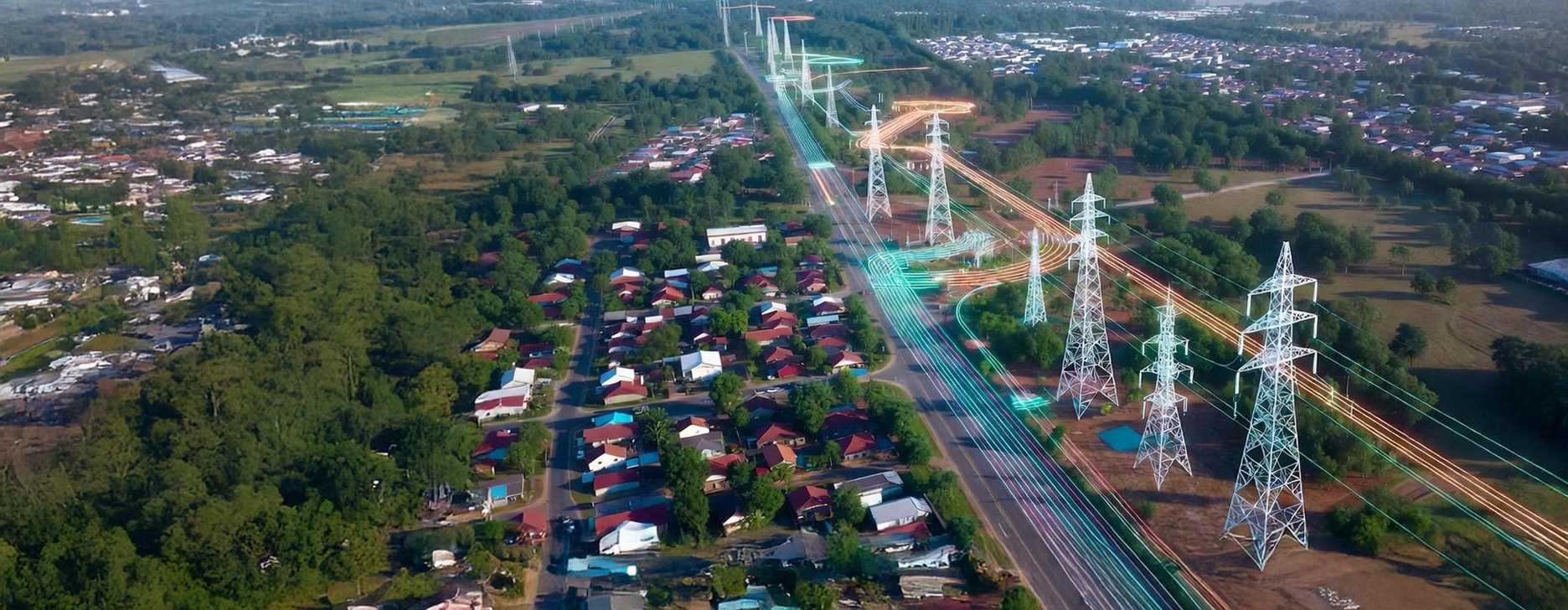
What is a Smart City anyways?
The term “Smart City” has lately become a buzzword for anyone involved in governing a city, yet it remains opaque and relatively ill-defined. Currently, the term is used as a catch-all for various different city development initiatives and concepts.
Nevertheless, mayors, department officials, even blue collar city employees have heard of the concept and are starting to realize its potential for cities large and small. According to Mordor Intelligence LLP, the global Smart City market size will grow from approximately $390 billion in 2014 to about $1.4 trillion in the year 2020, at a compound annual growth rate (CAGR) of 20.5% over the forecasted period. Transparency Market Research, meanwhile, believes that the global Smart City market size will reach a total market value of $1.3 trillion by 2019, growing at a CAGR of 14% from 2013 to 2019. Other consulting companies such as Frost and Sullivan predict similar market size and growth figures, which leads to the assumption that the predicted economic impact will be substantial.
Smart City defined
We define a Smart City as an urban area that has become more efficient and/or more environmentally friendly and/or more socially inclusive through the use of digital technologies. The goal of a Smart City is to improve its attractiveness to citizens and/or businesses by enhancing and/or adding city services.
A “city service” can be anything a city offers to its citizens or businesses, including lighting, traffic management, public parking, electricity, etc. In general, most of the activities a city performs can be classified as city services. It is the improvement or the creation of city services with the help of digital technologies that ultimately lets a city become smart.
It is important to note that the range of Smart City projects a city can pursue is enormous, and ever growing. Due to the absence of a universally accepted Smart City definition, quite diverse concepts have been filed under the term “Smart City” with a relatively high degree of freedom. Alexey Ershov, Vice President of Smarter Cities Europe at IBM notes: “Becoming a Smart City is a continuous process, there is no city that has done it all and has nothing more to do.”
Examples of Smart City projects
Smart waste management is an example of a Smart City initiative. A city that implements a Smart waste management solution is ultimately able to reduce costs by emptying trash bins within a city through the use of sensors installed inside the bins to monitor their individual level of trash. Bins are only emptied when full, and no longer on a standardized schedule regardless of fill level. Trash bins therefore have to be emptied less frequently. A secondary impact of such a project is that fewer waste vehicles are circulating on the streets on average, which reduces traffic congestion. Companies that have implemented smart waste management solutions estimate that savings can be up to 50% of the waste management logistics expenditures, while also reducing the number of kilometers needed to empty the bins by 20%.
Another interesting Smart City project example that makes a city more efficient is smart lighting. Smart lighting aims to reduce electricity consumption through the use of intelligent lighting control, such as dimming lights on streets without pedestrians or traffic. Smart Lighting systems are frequently also equipped with central management software that monitors usage and leads to maintenance efficiency. The city of Szczecin, Poland, has installed a connected smart lighting system that allows them to reduce electricity consumption by 50% and overall costs by 70%.
A city that sets up a smart parking solution is usually able to generate higher profits from the same number of parking spaces, as the spaces are used to their full capacity, and the payment system is also more efficient. For instance, the city of Barcelona, Spain, was able to increase its annual parking fee revenues by $50 million following the implementation of a smart parking solution.
Smart City motivation
Smart City projects can even be used to propel the economic development of a region, which is what the city of Nice, France sought to do within the Smart City sector starting in 2008. Its strategy was to build the sector through the creation of supporting infrastructure and by providing grants, encouraging sector-specific investments to establish an economic center of excellence. The ultimate goal is to facilitate the creation of 20,000 jobs within 20 years.
Besides the economic rationale to either save costs or increase revenues, other reasons why cities would like to become “smart” include environmental concerns, augmenting a city’s social inclusiveness, and increasing a city’s business attractiveness.
Whatever their motivations, the Smart City market will only continue to grow and how we classify them will evolve. How “Smart” will your city be in the future?
This is an extract of the research report Smart City: Essentials for City Leaders by the Global Center for Digital Business Transformation, an IMD and Cisco initiative.
Michael Wade is the Cisco Chair in Digital Business Transformation, and Professor of Innovation and Strategic Information Management at IMD. His interests lie at the intersection of strategy, innovation, and digital transformation.
He is Director of the Global Center for Digital Business Transformation and co-Director of IMD’s new Leading Digital Business Transformation program (LDBT) designed for business leaders and senior managers from all business areas who wish to develop a strategic roadmap for digital business transformation in their organizations.
He is also co-director of the Orchestrating Winning Performance Program (OWP).
Research Information & Knowledge Hub for additional information on IMD publications
in I by IMD
Research Information & Knowledge Hub for additional information on IMD publications
in I by IMD
Research Information & Knowledge Hub for additional information on IMD publications
Research Information & Knowledge Hub for additional information on IMD publications
in I by IMD
Research Information & Knowledge Hub for additional information on IMD publications
in I by IMD
Research Information & Knowledge Hub for additional information on IMD publications
Research Information & Knowledge Hub for additional information on IMD publications
in I by IMD
Research Information & Knowledge Hub for additional information on IMD publications
Research Information & Knowledge Hub for additional information on IMD publications
Research Information & Knowledge Hub for additional information on IMD publications
in I by IMD
Research Information & Knowledge Hub for additional information on IMD publications











